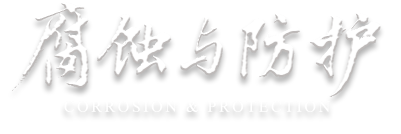Abstract:
According to the environmental characteristics of Shengli sea area, tetrafluoroethylene (TFE) and hexafluoropropylene (FEP) copolymer were used as the core functional materials of triboelectric nanogenerator (TENG). The key structural parameters of TENG device were systematically optimized, and the energy conversion efficiency and output stability of the device in the marine environment were studied. The results show that the optimal structural parameters of the triboelectric nanogenerator were the inclination angle of 30° and the gap distance of 10 mm. When the ambient humidity was 40%, the driving frequency was 8 Hz, and the driving pressure was 5 kPa, the output signal of FEP-TENG was the strongest (open circuit voltage was 300 V, short circuit current was 50 μA). With the increase of load resistance, the output power density of FEP-TENG increased first and then decreased. When the load resistance was 5 MΩ, the output power density of FEP-TENG was the largest (12 208 mW/m
2).

 下载:
下载: